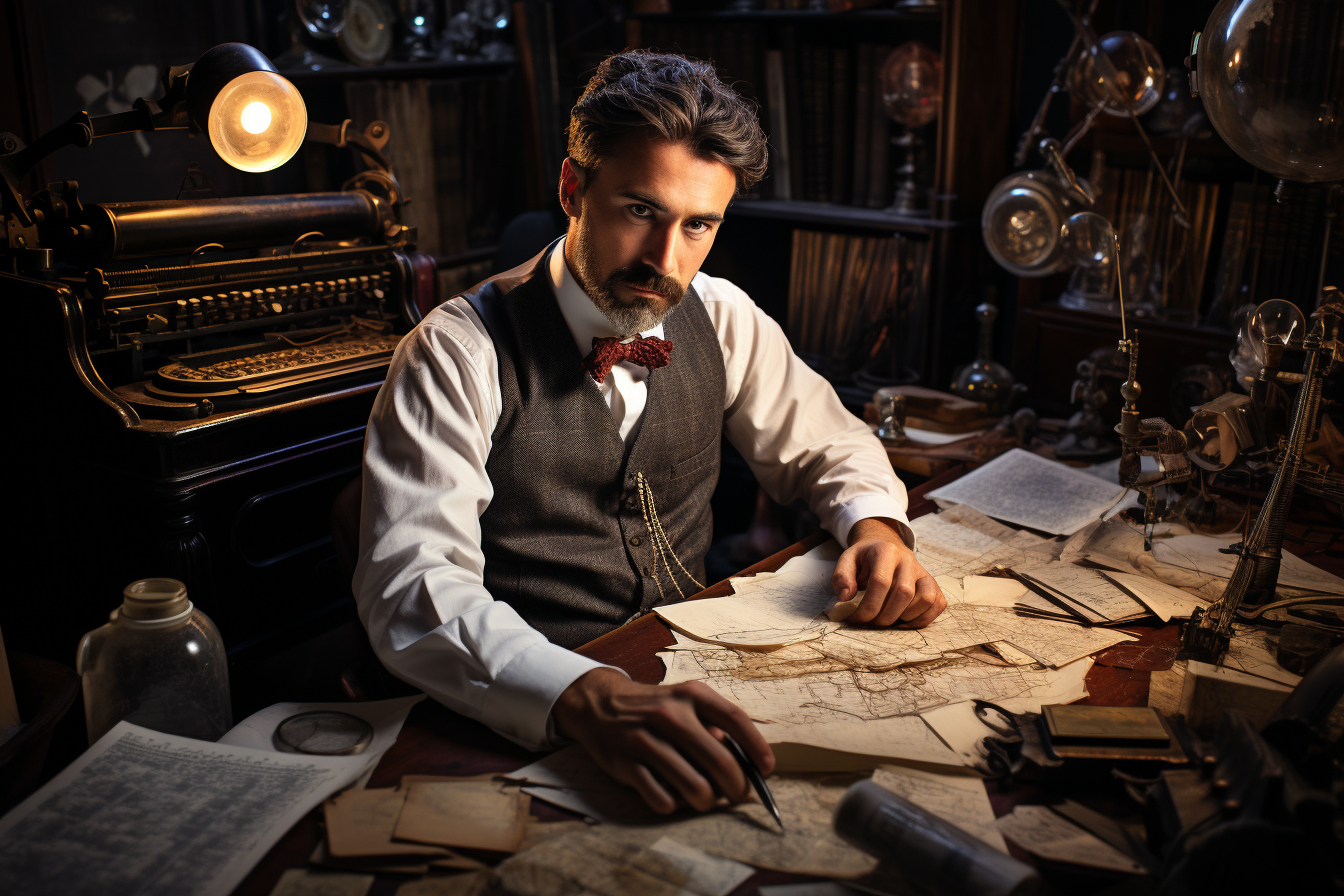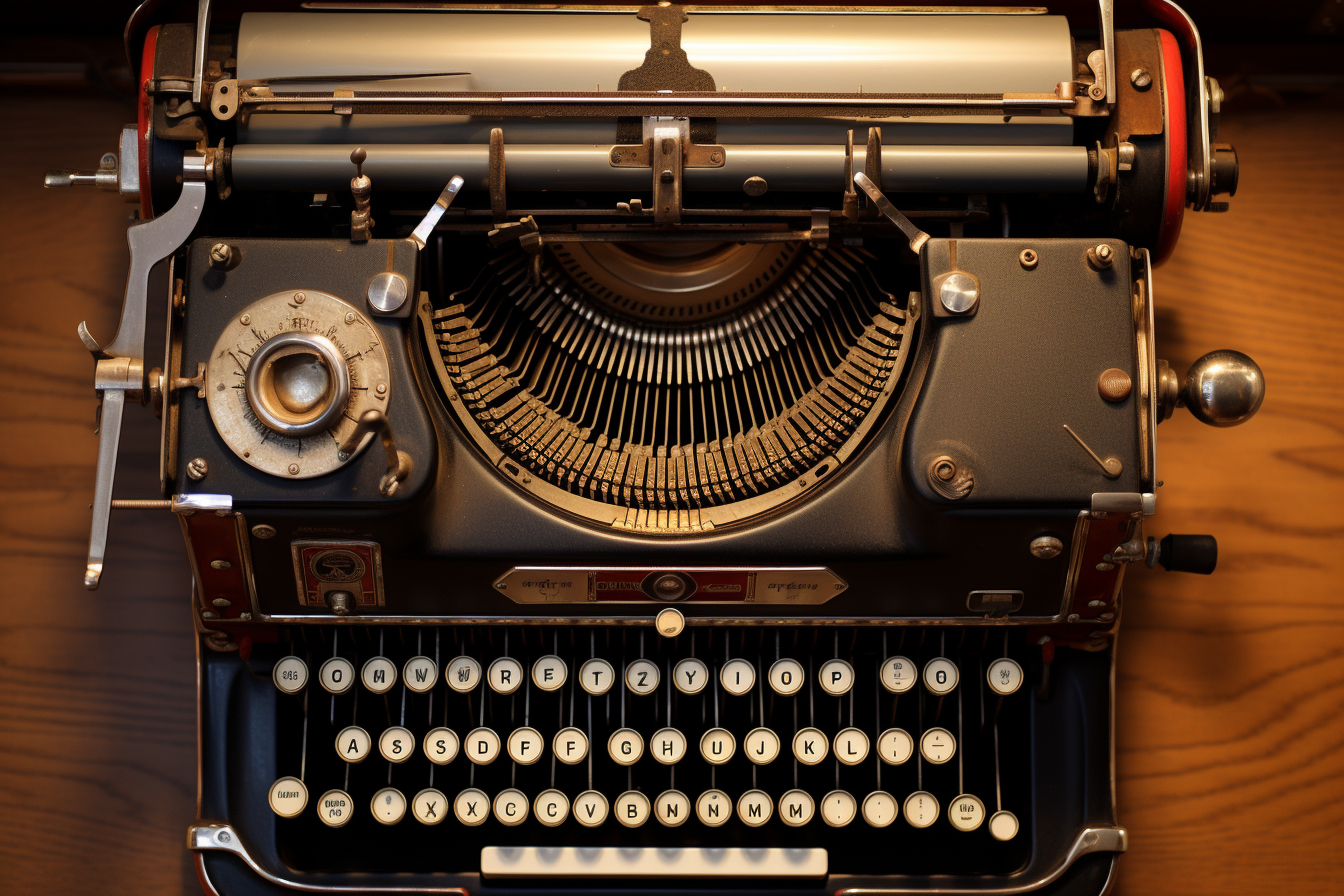Writing a short story is a literary exercise that subtly oscillates between the grand spectacle of a novel and the conciseness of a poem. If you’ve always wanted to learn how to breathe life and substance into your ideas, you’ve come to the right place. Here are some well-kept secrets and writing techniques that make the difference between a simple story and a new captivating.
The narrative structure of a short story

For most readers, a well-constructed short story is above all a story with a solid narrative structure. The choice of words, figures of speech and the rhythm of the story are certainly important, but it is the structure of the story that gives the first impression to the reader.
The beginning
The beginning of a short story should be catchy. It’s the spark that engages the reader and drives them to discover the rest of your story. A proven technique is to start with an intriguing image, question or provocative statement to immediately grab the reader’s attention.
The middle
The central part of the story is often the longest. This section develops the plot, introduces the main interactions between the characters and lays the foundations for the outcome. In order to maintain the reader’s interest, obstacles or complications for the protagonist are often injected.
The end
In a short story, the ending is of capital importance. This is where we bring resolution to the plot or, in some cases, leave the reader with a hint of mystery. Regardless, the ending should be satisfying and provide some form of closure.
Mood and tone
Beyond structure, mood and tone also play a key role in creating a compelling short story. The tone gives an indication of the type of story being told, whether it is comic, tragic, mysterious or romantic. On the other hand, the atmosphere gives color to each scene and allows you to create a unique universe specific to your short story.
An effective technique for creating mood is the use of detailed descriptions. Whether you’re describing a place, an emotion or an action, well-chosen details can bring your story to life and immerse your readers in your world.
Characters and dialogues
Characters are the heart of any story. They are the emotional vectors of the story. Their choices, their actions, their desires and their fears serve as an anchor for the reader. To make your characters believable and their interactions interesting, put yourself in their shoes, give them a backstory, distinctive character traits, strengths and weaknesses.
Dialogue, for its part, is a wonderful tool for bringing out the personality of your characters, for advancing the plot and for injecting rhythm into your story. It is essential that your dialogues ring true, avoid lines that are too long or artificial.
Writing style and technique
A good writer knows that every word counts, especially in a short story where space is limited. Every word, every sentence must serve a purpose – whether to advance the plot, develop a character, create a mood or an emotion.
Also, don’t neglect the importance of a fluid and coherent writing style. The choice of vocabulary, the construction of sentences, the general rhythm of the text are all elements that bring a touch of uniqueness to your work.
Writing a short story is a profession that requires patience, observation, but also a dose of unbridled creativity. It’s not just about telling a story, it’s about making it captivating, bringing a world to life, creating memorable characters and entertaining your readers. Remember that a successful short story is one that leaves an indelible imprint on the minds of its readers long after the last page.













